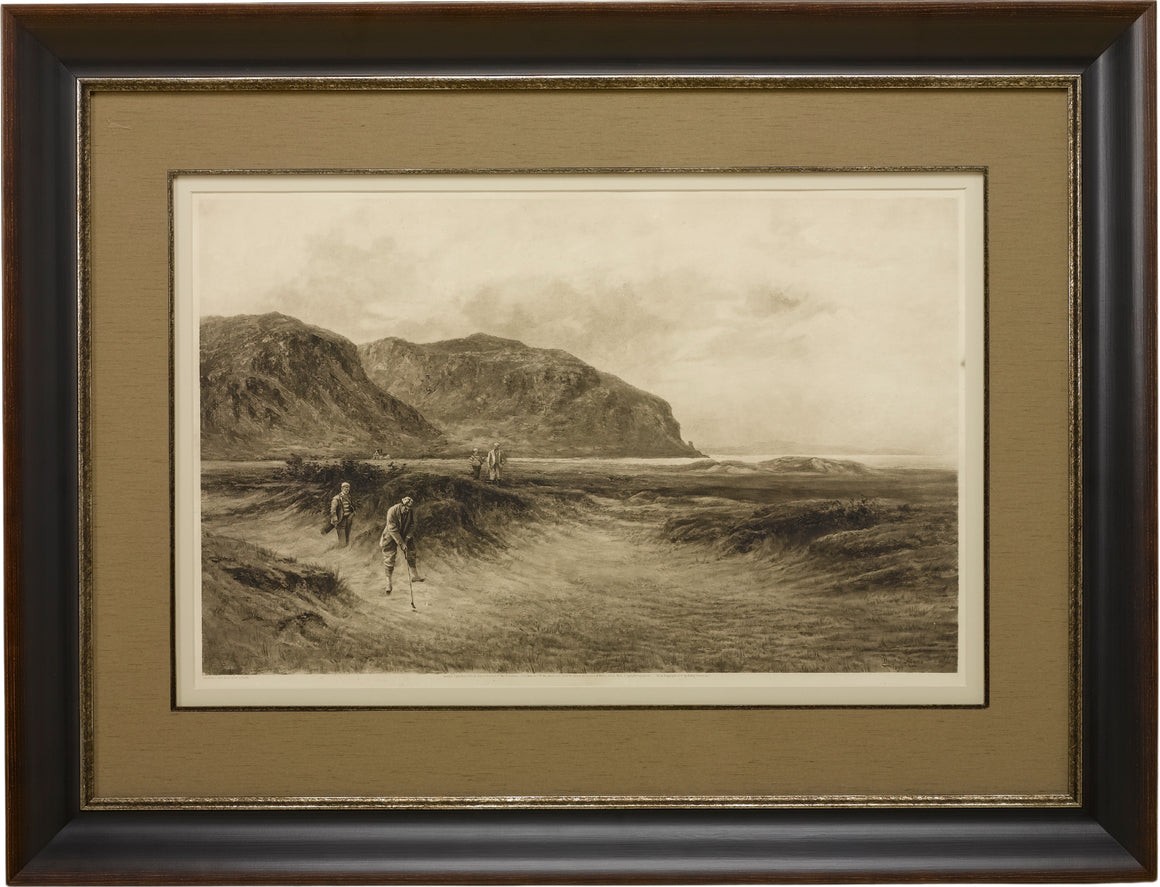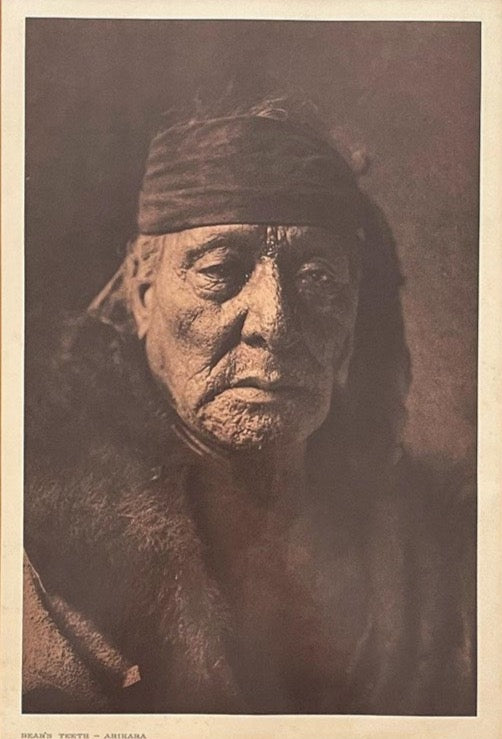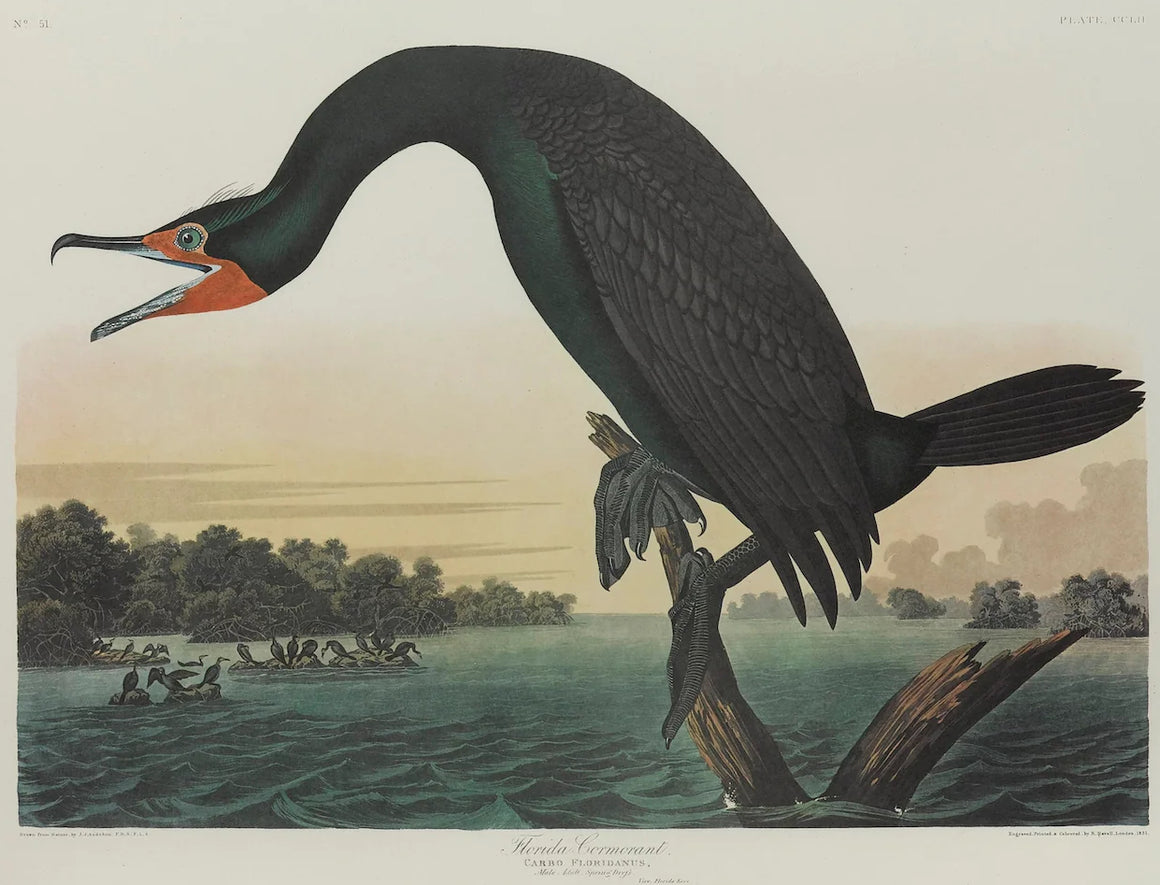"Three Chiefs, Blackfoot, Montana" by Edward S. Curtis, Platinum Master Exhibition Print, 1900
$50,000.00
Presented is a rare, platinum Master Exhibition Print of Edward Curtis’ The Three Chiefs. Typical of Curtis’ Master Exhibition Prints, this platinum print is double-mounted, signed, with an embossed copyright credit and date stamp. His numeric notation “52-00” is in the photographic negative.
Curtis photographed The Three Chiefs during his two weeks on a Blackfoot reservation in the summer of 1900. The photograph depicts three Piegan men in traditional dress on horseback, situated next to a small stream with an expansive cloud-filled sky behind them. The Piegans were the largest group in the Blackfoot Confederacy and still retained a majority of their original culture when Curtis visited the tribe. It reportedly took Curtis several days to find the perfect prairie backdrop and riders for this photo, yet his patience paid off. The image was pivotal in enabling Curtis to form his vision for his next project - his ambitious 20 volumes “North American Indian”publication.
This print is believed to be one of only three oversized, platinum Master Exhibition Prints of this image in existence. It was printed by Curtis specifically for his East Coast exhibition tour of 1905-1906. Curtis chose only a small number of what he believed to be his finest negatives to produce prints for the show. He never again mounted an exhibition of his work, nor produced such distinctive, large-format platinum prints.
“The extraordinary rarity of The Three Chiefs becomes clearer when viewed in the context of other Master Exhibition Prints, principally the 108 in the Peabody Essex Museum in Salem, Massachusetts, the largest collection in existence. The Museum, however, is missing a number of early, iconic images, including The Three Chiefs. It has long been assumed that these missing prints were held elsewhere, possibly in the collection of The New York Public Library. This theory has been substantiated by the Curtis scholar, Bruce Kapson, who unearthed a cache of letters from Curtis to J.P. Morgan and to Morgan's librarian, Ms. Bella da Costa Greene in the Pierpont Morgan Library archives in 2007. The correspondence establishes that 58 of the 100 prints in The New York Public Library's collection are actually Master Exhibition Prints, specifically selected by Curtis for J.P. Morgan as the best examples of his work. A typed letter, dated March 1907, from Ms. Greene to Curtis states: 'I enclose herewith a list of Indian photographs which you sent to Mr. J.P. Morgan'. The letter is accompanied by a handwritten list of 58 photographs, including The Three Chiefs (print number 52.) Morgan donated this group of prints to The New York Public Library in 1912.” (Christie’s Live Auction 1893 Catalog, 2007).
Curtis’ platinum prints make up less than 1/2 of 1% of all of the work he created. Curtis’ platinum prints were created only for exhibition or direct sales to patrons and they were always made by Curtis himself. One significant dealer in Curtis prints estimated “only four to five platinum examples of each image to have surfaced.” Curtis platinum prints, of any size, almost never appear on the auction market.
The rarity of this print of The Three Chiefs is unequivocal. Apart from The New York Public Library's image and one other Master Exhibition Print sold in 2007 by the renowned auction house Christie’s, this print appears to be the only other Master Exhibition print of The Three Chiefs still in existence. It is the most significant single photograph ever to be offered by The Great Republic.
CONDITION:
Good condition. Oversized platinum Master Exhibition print. The print is numbered '52-00' in the negative. It is signed “CURTIS” in black on the recto, bottom right. It is blindstamped “COPYRIGHT BY E. S. CURTIS” on the recto, bottom left. Double mounted. The image measures 12”H x 16”W. The mount measures 17 ½” H x 21”W.
The print has been archivally presented in a new, custom built wooden frame with new acid-free matting, gold spandrel, linen top mat, and museum glass. Framed Dimensions: 22 1/2" H x 26 1/2" W x 1" D.
Share:
Related Items
Antiques
American-Made Goods
News & Updates
Sign up to get the latest on sales, new releases and more …
© 2024 The Great Republic. All Right Reserved.











